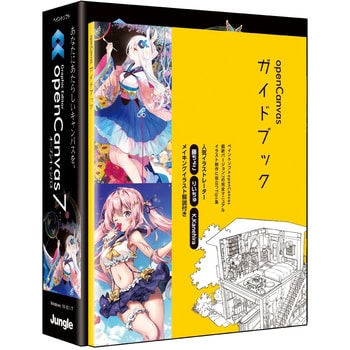

Some people complain that openCanvas is very limited and doesn't offer many filters. The event viewer allows for easy playback of the event file, and allowing the viewer to control the speed and playback if they wish to make a video of it. This means that you can create art as you normally would without having to setup a recording session as you do for other software. I find this particularly useful when teaching my students. Months or years after a file has been finished, you can export the event file from the original openCanvas file (labeled. This means you can start on an image and finish it without needing to fret over whether you remembered to record your session or not. Regardless of what you do on an image, it's saving the event file as part of your main file, anyway. You don't have to know that you are going to create a grand masterpiece the moment you start working on something. This is, by far, the greatest feature of the openCanvas software. This means that your art projects won't eat up a ton of space on your harddrive like they would in other software. High resolution images with many layers rarely exceed 50mb in size, and smaller images will only be a few mb. You don't need a supercomputer to produce fantastic images, like many other software require.Īnyone familiar with most other software is probably used to art files exploding into enormous file sizes and taking forever to load. The point is, it runs really well, even on low end systems. For right now, I just want to get the info out there for people to use.

I'll add some screenshots to this of that later. I currently have it installed on a 1.6ghz single core Fujitsu Lifebook tablet pc with only 512mb of ram, and work on images as large as 1440*900 with over 50 layers and no lag. I have been using openCanvase since it was on version 1.1beta, and I have stuck with it ever since.ĭespite what the specs say for this program, I have run it on a 750mhz laptop with 256mb of ram with no slow down on small images. OC has tons of nifty features that allow you to do a lot with the application, without making the process overly complicated or eating up a lot of resources.


 0 kommentar(er)
0 kommentar(er)
